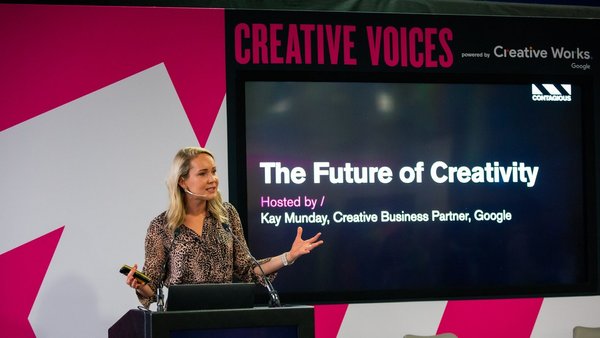Promoted content
YouGov: How Covid-19 hit media consumption in the US and UK /
YouGov’s International Media Consumption Report sheds light on how people’s habits have shifted during the Coronavirus pandemic. In this article we explore the section on Covid-19’s impact in the US and UK.

One of the biggest differences between UK and US media consumption habits during the pandemic is the popularity of on-demand TV.
In the UK, on-demand viewing is down across all age groups (but those still loyal to the channel are watching more of it), while viewing is up slightly across the board in the US.
‘It’s one of those cases where you have to ask yourself “why?”’ said Julian Newby, sector head of media at YouGov. He added: ’One possible explanation is the audience in the UK shifting over to paid for streaming services like Netflix.
The figures for on-demand TV viewership come from YouGov’s International Media Consumption report.
YouGov surveyed more than 22,000 people in 17 markets about their reading, watching and listening habits to create a report to help media planners navigate the coronavirus landscape.
According to the report, the US and UK populations have also diverged in how much they watch live TV.
In the US, the number of people watching live TV plateaued after years of decline, but in the UK viewing continued to fall. Newby suggested that the discrepancy was likely twofold: firstly, live TV viewers were migrating to streaming services, which already had ‘higher levels of saturation’ in the US, and secondly the US election likely bolstered the live figures there.
Print readership, of both newspapers and magazines, was down in the UK and the US. More people were reading news and magazines online in the UK, but that was not the case in the US.
The decline of both print and digital reading in the US took YouGov by surprise because the survey was conducted soon after the presidential election in November.
‘It’s hard to tell if people were put off [reading news] by this particular election in the US, or if it’s a trend that will continue,’ said Newby.
Newby added that he was also interested to see that the number of people in the UK who said they had not used social media within the past 30 days had nearly doubled, from 5% to 9%. A similar increase was not observed in the US.
But overall, said Newby, there were ‘probably more similarities than differences’ between US and UK consumption habits.
In both countries, the number of people watching streaming services every week increased. In the US that figure jumped from 58% to 63%, while in the UK it increased from 50% to 58%. Similarly, the number of people listening to podcasts rose: from 39% to 43% in the US and from 27% to 33% in the UK.
Newby does not think that people are consuming more media amid the pandemic, but he was sure that people were seeing less advertising messages, thanks to the migration towards subscription channels and the decline of cinema, drive time radio and out-of-home.
But while the shifts in media consumption amid the pandemic have been drastic and wide ranging, it’s important to put them into context against the severity of the global health crisis. Asked about the changes in habits he thought he’d see when he began research for the report, Newby admitted: ‘I was expecting a little bit more.’
You can download YouGov’s report here.
Want more of the same? /
We don’t just write about best-in-class campaigns, interviews and trends. Our Members also receive access to briefings, online training, webinars, live events and much more.






